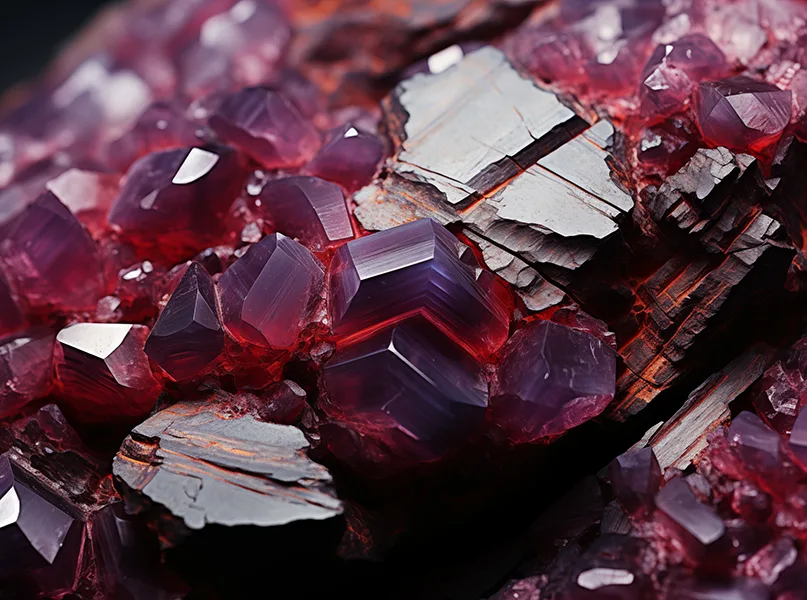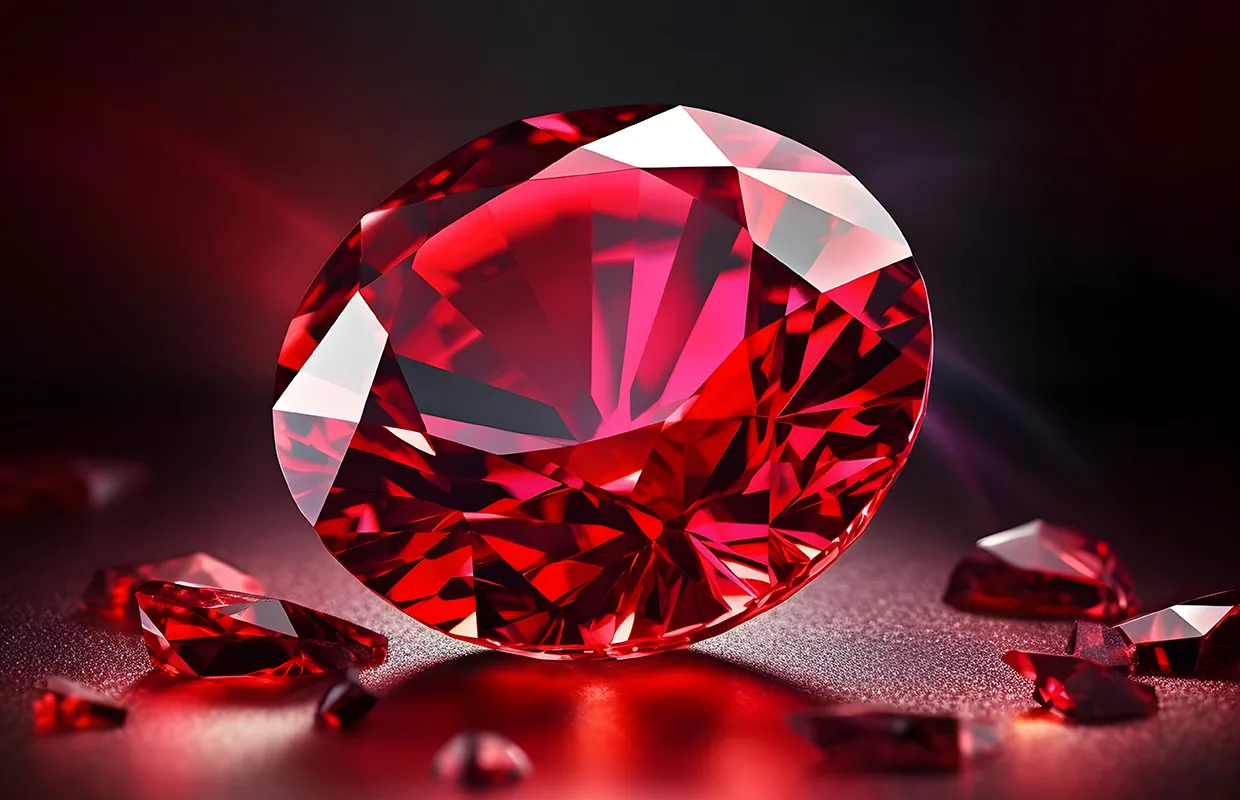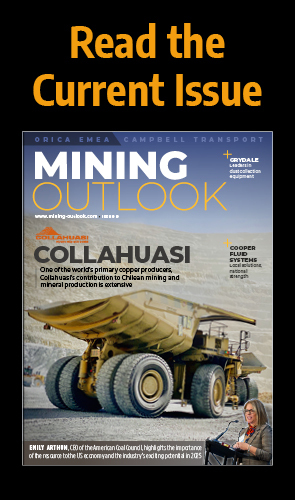As one of the many ores recovered by mining, we ignite the world of fiery red rubies, a gemstone associated with nobility.
INTRODUCTION
After a violent beginning involving tectonics, rubies were formed around 50 million years ago when limestones were cooked by inferno-like temperatures of around 1,200 degrees Fahrenheit and squeezed by the pressure of three to six kilobars.
Eventually, the limestone metamorphosed into marble with molten granite seeping into it releasing fluids to penetrate upwards through the rock. The metasomatism process removed the silica, but the alumina remained. From nature’s violent actions, a blood red jewel emerged.
Fast forward millions of years when erosion exposed ruby deposits along the scar where the two plates collided. This was caused by the Indian subcontinent moving towards Asia and limestone deposits from the ancient Tethys Sea. The result of the land masses smashing together raised the Himalayas, and it was in this famous mountain range where rubies were first discovered in 2500 BCE.
Rubies were traded along China’s North Silk Road as early as 200 BCE, as Chinese noblemen adorned their armour with the red gemstone as they symbolised protection.
The myths and legends surrounding them carried through from royal history to popular culture with Dorothy’s ruby red slippers from The Wizard of Oz. Monarchs are most associated with gemstones, but King Henry VIII was possibly the most famous with portraits showing him adorned with rubies.
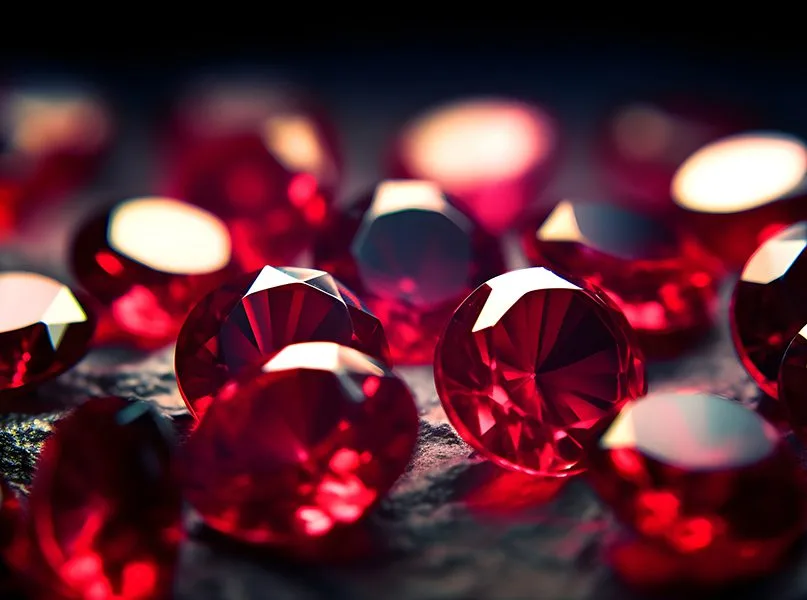
RARE RUBIES
Quality rubies are rarer than diamonds, with the finest stones found in Myanmar (formally Burma), however, they are also mined in Afghanistan, Australia, Cambodia, India, Madagascar, Malawi, Mozambique, Pakistan, Sri Lanka, Tanzania, Thailand, the US, and Vietnam.
The Mogok Stone Tract mine in Myanmar has produced some beautiful examples of rubies due to its unique geological conditions. The abundance of precious red gems is so legendary that it is said that locals happen upon them glinting amongst the grass in their gardens.
Rubies are believed to have been discovered at the base of a collapsed mountain by lost Shan hunters around 800 years ago. The vibrant Myanmar rubies’ value-determining factor is their extremely saturated colour, caused by a high chromium content.
However, the scarlet stones come in various shades on the red spectrum, as the island nation of Sri Lanka (formally Ceylon) will testify. The rubies from this part of the world have a more pink or purple hue, rather than the deep red they are known for.
Sri Lanka has always been a centre for mining different types of gems, not just rubies, in fact, it is so rich in its wealth of jewels that the Greeks and Romans called it Ratnadeepa, meaning Island of Gems. Rathnapura, the City of Gems, is one of Sri Lanka’s famous jewel-producing areas, noted for sapphires and rubies in particular.
The island has an impressive mine to market industry, both domestically and for exporting.
Furthermore, North Macedonia is the only country in mainland Europe to have naturally occurring rubies. Uniquely raspberry-pink in colour, they are found around the city of Prilep in the Sivec quarry and even feature on the North Macedonian coat of arms.
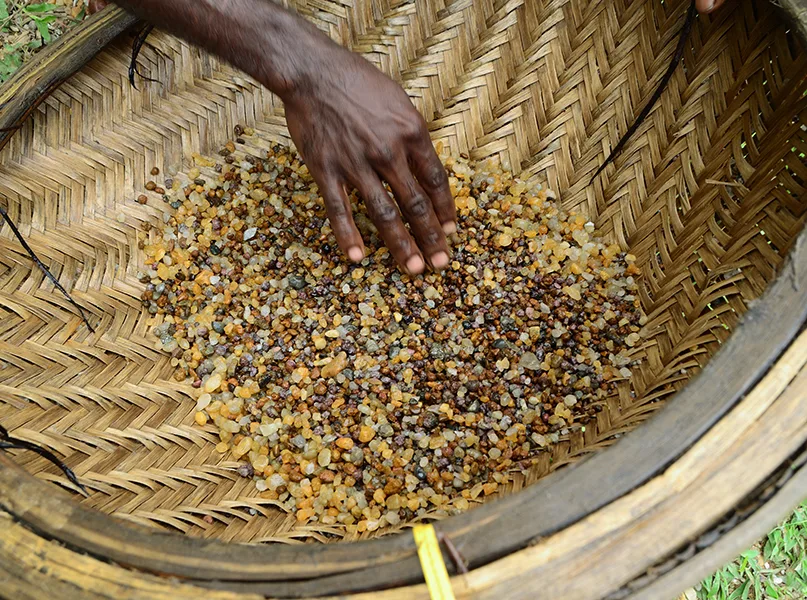
RED SOURCE
Most rubies are often found in secondary river deposits, far from their primary source of metamorphic rocks. Although the alluvial deposits contain a high percentage of good quality gem material, they do not yield a plentiful supply, but are relatively easy to extract.
Lucrative alluvial mining can require anything from primitive pans or sieves, a technique that has been used for centuries, however, the level of mechanisation differs from place to place. Land gravel is mined by excavating crude pits with shovels and picks, but if the gems are buried deeper in the earth, the pits are then fortified with timber as far down as 60 feet.
The successful ruby mine in Montepuez, northeast of Mozambique, is an open-pit operation – meaning there are no tunnels. It globally boasts the largest assets, is currently valued at USD$1 billion, and is the most significant recently discovered ruby deposit in the world. Additionally, its mining techniques mean the operational capacity is 150 tonnes per hour.
An extremely rare 101 carat ruby from Mozambique named Estrela de Fura is the largest ever discovered. Its rarity is due to its vivid red hue and fluorescence, it is also visibly free from inclusions by the naked eye. Interestingly, the treasure-bearing rocks are older than the Himalayas, having formed between 500 and 800 years ago.
Despite their prolific presence in Asia, rubies have materialised in the US states of Montana, North Carolina, and Wyoming, however it is rare. Historically, North Carolina is the most important location for the red gemstones in the US as extraordinary star rubies have been unearthed there.
The star is created when tiny fibres of the mineral rutile reflect the light in such a way that a star is formed, making it one of the most coveted and valuable gemstones in the world.
